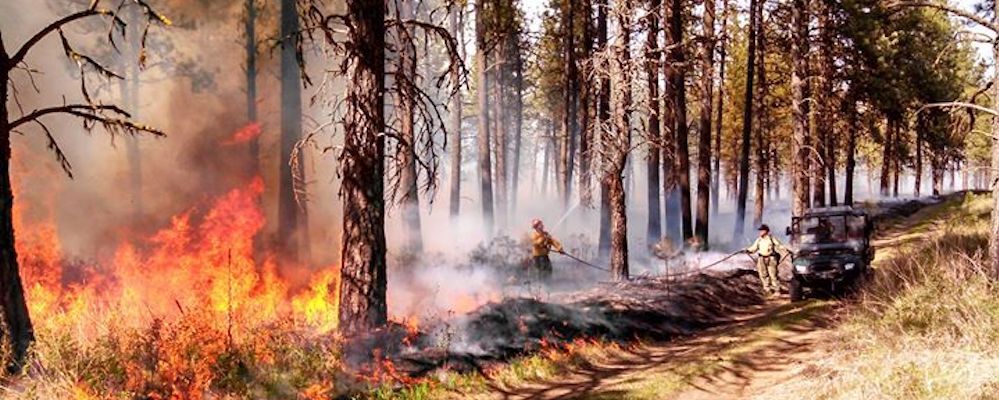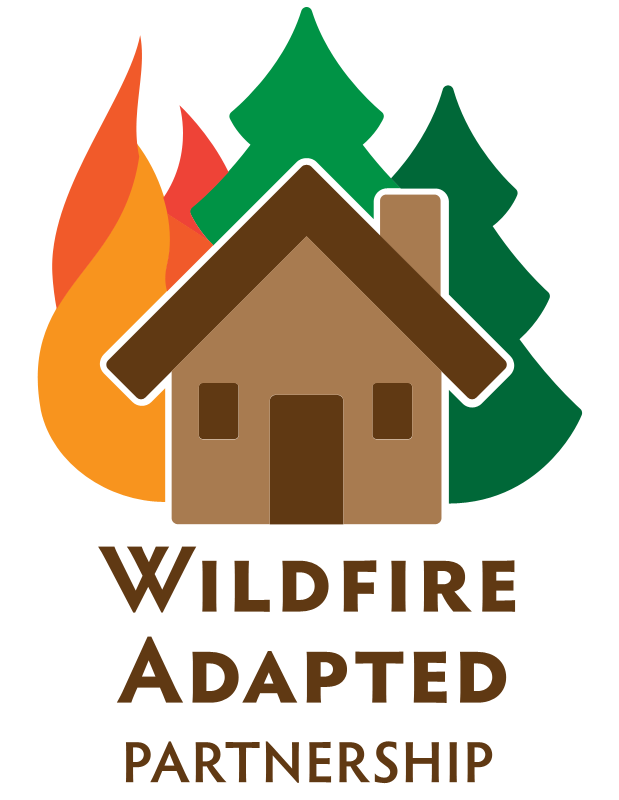This blog post is intended to assist 2022 FRWRM applicants strengthen their applications. Please visit the official FRWRM webpage for full details on the grant and to apply. If you are interested in applying or have more questions, contact your local Colorado State Forest Service Field Office.

At a Glance: Helpful FRWRM Tips from CSFS’s Kamie Long
Logistics
- Funds can be used to reduce hazardous fuels communities and in watershed by implementing projects OR capacity building (including purchasing equipment and see below for more info on the 2022 expansion of capacity building).
- The amount of funds being awarded through FRWRM this year is higher than last year, yet this round is still expected to be extremely competitive. Be sure the read all the instructions and pay attention to detail.
- Things you will need that take extra time:
- Maps from the Forest Atlas website https://coloradoforestatlas.org/.
- Note: You need to request an account to access the Atlas; most requests are approved within a day.
- A letter of support. The list who can write this is specific. **Contact them ASAP!!**
- A discussion about wood utilization with Tim Reader, CSFS (970-247-5250 or tim.reader@colostate.edu) or Molly Pitts, CO Timber Industries Association (928-521-9476 or coloradopitts@gmail.com).
- Maps from the Forest Atlas website https://coloradoforestatlas.org/.
- Projects may be located on one or more ownership types including private, state, federal, municipal, county, etc., but see below for more info about federal lands.
- Recipients must match at least 50% of project costs (cash or in-kind) or 25% of project costs if located in an area defined as having “fewer economic resources” (use the Colorado Forest Atlas website to determine this).
2022 Updates to the FRWRM Grant:
- Projects may include federal lands, so long as at least 51% of total project area is on private land and the project maintains continuity (areas within 1 mile of each other) across a landscape.
- Expansion of Capacity Building: the ability to plan and implement forest restoration and wildfire risk mitigation projects including: community and partner outreach and engagement, identifying priority project areas, prescription planning, and acquiring community equipment that will address unmet implementation needs at the local level.
- Examples of capacity building:
- Purchasing a wood-chipper to be made available to communities.
- Outreach efforts to plan & prioritize forest restoration and wildfire risk mitigation projects
- Increased staffing or related capacity building for collaborative and/or community groups that support planning and implementation of forest restoration and wildfire risk mitigation projects.
- Examples of capacity building:
Frequently Asked Questions
Q: What do reviewers like to see?
- Collaboration: work with local landowners/HOAs/communities, etc. to put the grant together.
- Importance to Watershed: State or include that your project is in a watershed. Sell how the project will benefit/improve/protect the watershed.
- Identify place of project and baseline prescription.
- Include all necessary materials and read instructions closely.
Q: Is there information on what kind of projects are not eligible for the FRWRM program?
Examples of projects that DO NOT qualify for this grant program:
- Capacity building for fire preparedness and suppression (e.g. purchase of fire department equipment)
- Education and outreach efforts that do not directly lead to fuels reduction
- Creation of, or updates to, Community Wildfire Protection Plans
- Construction of permanent infrastructure (e.g., of buildings or roads)
- Local, state or federal policy development or advocacy
- Projects undertaken by and benefiting only one individual homeowner/landowner
- Projects focused on post-fire rehabilitation
Q: Is there a requirement that applicants engage, contact and/or discuss with their local Field Office staff?
Applicants will not be considered ineligible if they do not coordinate with their local CSFS Field Office staff on project and application development; however, the final application must be sent to the local CSFS Field Office for final submittal.
Q: An opportunity exists with wildfire councils or counties who often have their own cost-share programs for high priority local projects, which wouldn’t typically be competitive in the FRWRM program because they don’t have pre-planned or ‘shovel ready’ projects. These councils are often looking for increased leverage for these programs and have proven track records of success in high priority areas, but don’t have the typical ‘stand-alone’ projects that are commonly funded by FRWRM. Are there any plans with the increased funding to FRWRM to further explore these avenues to disseminate funding?
At this time, there is still an expectation that grant applicants have done some pre-planning work to identify communities or locations where they intend to work. Applications requesting funds without any details about where work will occur and cannot identify baseline prescriptions will not compete well. If there is a steady significant increase in funding for the FRWRM program in coming years, the review process and funding recommendations discussion will be re-evaluated to ensure the CSFS can successfully award the FRWRM funds. There have been applicants that compete successfully for FRWRM funds for cost-share programs as long as they have identified targeted areas for project implementation.
Wood Utilization Questions
Q: Do applicants need to contact Molly Pitts (CTIA) or Tim Reader (CSFS) even if they have wood utilization already figured out?
Yes, for both types of applications, you are directed to contact either Molly (928-521-9476 or coloradopitts@gmail.com) or Tim (970-247-5250 or tim.reader@colostate.edu), regardless of whether they have determined wood utilization for their project. This is a requirement for eligibility this year and is included in the Eligibility Checklist.
Q: Will contacting wood utilization companies suffice in place of talking to Molly or Tim?
Contacting wood utilization companies should occur, but will not replace the required conversation with Molly or Tim.
Q: What turnaround time should applicants expect when contacting Molly or Tim in regards to the 2022 round of applications?
Applicants should expect anywhere from a day to a few days for response when reaching out to Molly or Tim. Both Molly and Tim are available and prepared to assist during this grant timeframe. We recommended applicants reach out early in the process of developing projects to incorporate wood utilization options rather than wait until the last minute.
Advice from FRWRM Recipient Bill Trimarco of Wildfire Adapted Partnership

Q: What do you think made your application stand out amongst the rest?
- The need for the program was clearly defined, and how the project addresses that need was clearly described.
- Realistic goals and timelines.
- Partnerships.
- Past successes.
Q: What was the hardest part of the application?
- Providing clear definitions and explanations of the proposed project.
Q: Any other words of wisdom for this year’s applicants?
- Be concise.
- Dot all your i’s and cross all your t’s (follow the directions!).
- If you believe in your proposal and are not successfully awarded, be persistent. Refine your proposal and try again next time.

